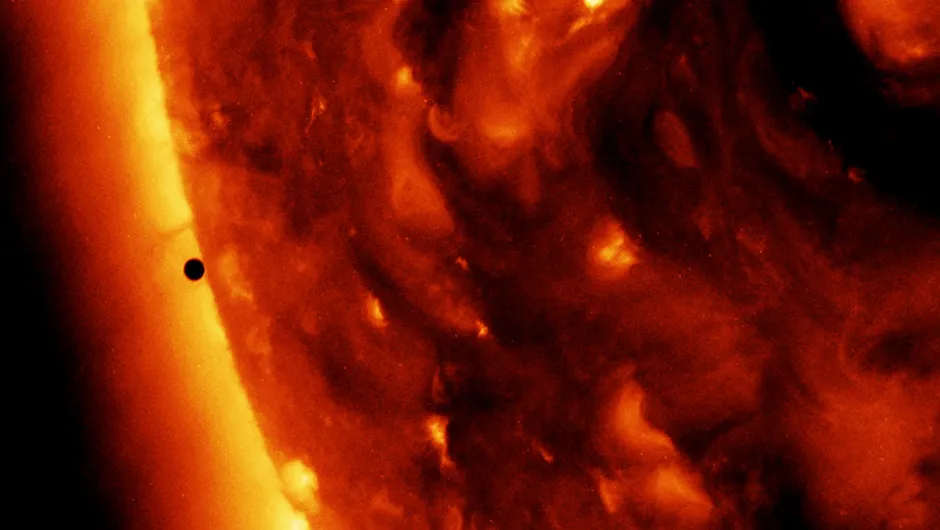A new study has allowed researchers to measure the mass loss of the Sun with unprecedented accuracy by tracking how much Mercury’s orbit has drifted in recent years using data from NASA’s MESSENGER spacecraft.
As it ages, the Sun is losing mass.
This mass loss means its gravitational pull over the planets is weakening, meaning their orbits are drifting outwards.
As it is so close to the Sun, Mercury’s orbit is very sensitive to this mass loss and so by accurately measuring how much it’s orbit has changed, astronomers were able to constrain how mass the Sun is shedding.
The MESSENGER probe orbited Mercury between 2011 and 2015.
Using the spacecraft’s high precision positional data the team managed to calculate that the planets are moving out at about 1.5cm per year per AU (where 1 AU is the distance between the Earth and the Sun).
As the mass loss is governed by the stability of the gravitational constant, G – which determines how strong gravity is – the measurements will help to answer one of astrophysics’s fundamental questions: how constant is the gravitational constant?
“We’re addressing long-standing and very important questions both in fundamental physics and solar science by using a planetary-science approach,” says Goddard geophysicist Erwan Mazarcio.
“By coming at these problems from a different perspective, we can gain more confidence in the numbers, and we can learn more about the interplay between the Sun and the planets.”

This new value is slightly lower than previous predictions but has allowed the team to improve the stability of G by a factor of 10 compared to values taken from measurements of the Moon.
“The study demonstrates how making measurements of planetary orbit changes throughout the Solar System opens the possibility of future discoveries about the nature of the Sun and planets, and indeed, about the basic workings of the Universe,” says co-author Maria Zuber vice president for research at MIT.
